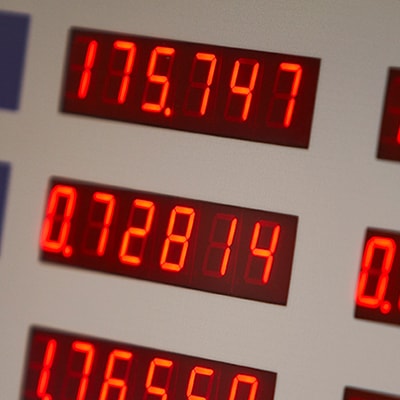June 2018
The Benefits of Retiring Overseas
By David Zammit
More and more Australians are looking to retire overseas, but in order to make that dream of sitting on your own deck sipping Chianti as the sun sets over the hills of Tuscany or strolling along the beach in a tropical paradise work, it is vital to get the financial planning right.
According to information from the ABS, nearly 12,000 Australians over the age of 55 permanently relocated overseas in 2016, but that number doesn’t include the tens of thousands of others who spend the winter in warmer climates, but come back to Australia for the summer.
Spending all or part of your retirement overseas is getting easier. Australia now has reciprocal social security and health agreements with 31 countries; many nations have more relaxed visa requirements for retirees; and modern communications have simplified staying in touch with your family and financial affairs back home.
Retiring overseas inevitably adds a new level of complexity to managing your finances. From big ticket items like ensuring you have the right amount of money in the right currency to pay for renovations to your dream retirement home, to the costs of using your Australian bank account to pay for day-to-day purchases in another country, one of the key challenges is to manage your currency exposure.
There are a number of aspects to this. At the beginning of the process, most retirees will have the bulk of their assets in Australian dollars, leaving them vulnerable to sudden currency movements which could reduce their income. One way to combat this is to shift some of your investment portfolio from Australian assets to blue-chip assets in the destination currency.
But hedging different currencies to minimise risk brings its own management problems. Juggling multiple currencies, especially for day-to-day purchases, can challenge even the most cosmopolitan global citizen. The easiest way to get around this is to open a multi-currency account in Australia. This brings transparency to the process, especially if your multi-currency account has an app that lets you see your overall cash position at a glance, and allows account holders to move between currencies with no Citi transfer fees.
The more advanced multi-currency accounts have clear fee structures for foreign exchange transactions; great exchange rates; instantaneous transfers between currencies; and some, like the Citi Global Currency Account, even allow customers to move their debit card between currencies, allowing you to spend like a local when you are overseas.
Spending some or all of your retirement overseas can be a joyful and rewarding experience, and new financial management instruments like the Citi Global Currency Account, are making it easier than ever to live in your dream home overseas with peace of mind.
David is Citi’s Head of Banking and Wealth Management Distribution.
This document is distributed in Australia by Citigroup Pty Limited ABN 88 004 325 080, AFSL No. 238098, Australian credit licence 238098. Any advice is general advice only. It was prepared without taking into account your objectives, financial situation, or needs. Before acting on this advice you should consider if it's appropriate for your particular circumstances. You should also obtain and consider the relevant Product Disclosure Statement and terms and conditions before you make a decision about any financial product, and consider if it’s suitable for your objectives, financial situation, or needs. Investors are advised to obtain independent legal, financial, and taxation advice prior to investing. Past performance is not an indicator of future performance. Investment products are not available to US people and may not be available in all jurisdictions.













